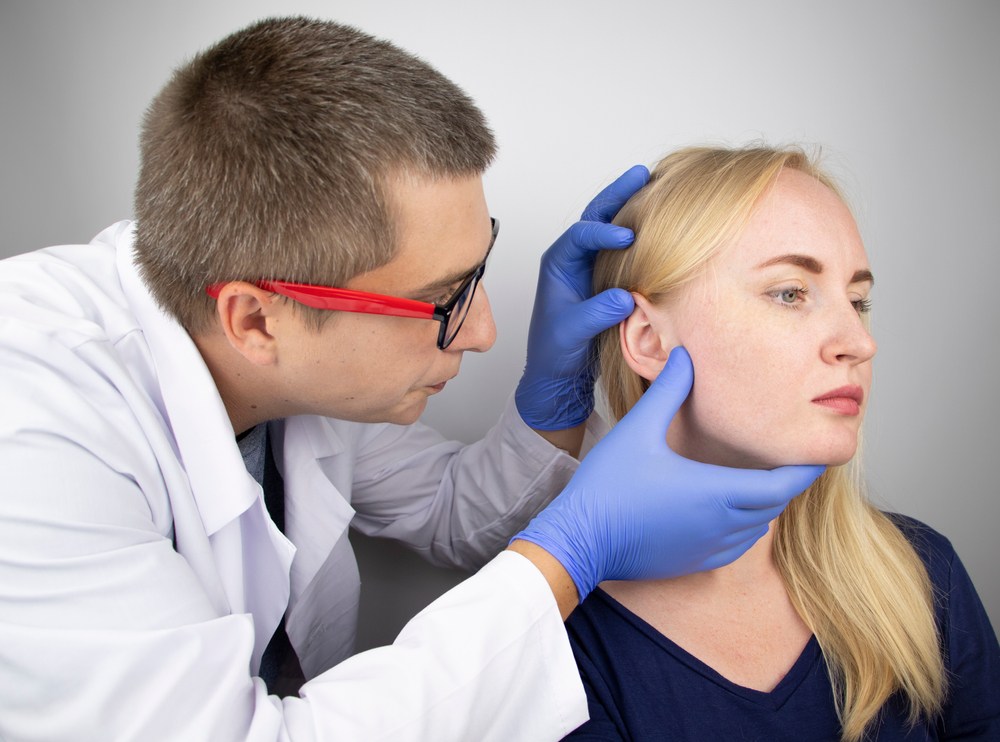Otitis externa is commonly referred to as “swimmer’s ear” because repeated exposure to bodies of water makes the ear canal more susceptible to inflammation. While water plays a role in the condition, it is not the sole cause. For otitis externa to develop, the following factors must be met:
- A high presence of bacteria in the ear region
- Reduced skin integrity of the ear canal
As long as any of these conditions are met, the individual may suffer from inflammation. Getting water in the ear region is a common way to get otitis externa because it satisfies the two conditions well. The presence of water in the ear canal tempts the individual to scratch the inside of the ear. If the water is polluted or dirty, it can also introduce bacteria into the ear. Trapped moisture then allows the bacteria to multiply.
Those with chronic skin conditions (e.g., atopic dermatitis, seborrheic dermatitis, psoriasis, skin allergy) can impair the skin barrier, thus increasing the susceptibility to otitis externa. Physical or mechanical abrasion also damages the skin inside the ear. For those without any pre-existing conditions, the usual cause is an abnormally high presence of pathogens in the ear canal.
While most cases of otitis externa are bacterial, inflammation can also arise from a fungal infection.
SYMPTOMS
Ear pain is the most common symptom associated with otitis externa. The pain experienced is usually directly related to the severity of the infection.
Individuals affected by otitis externa may also experience ear discharge — either in pus form or liquid. Itchiness is another common symptom.
In more severe cases, otitis externa can induce swelling of the ear canal. When this happens, the discharge becomes trapped within the canal. Compounded by these two symptoms, otitis externa can cause some degree of hearing loss.
These symptoms typically affect only one ear.


